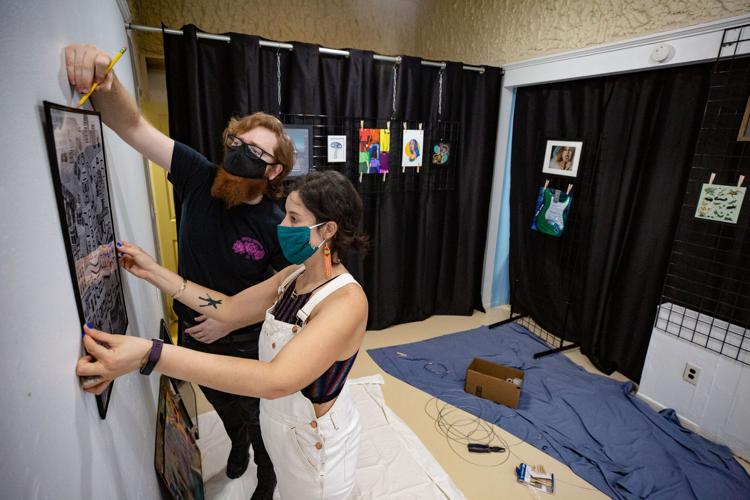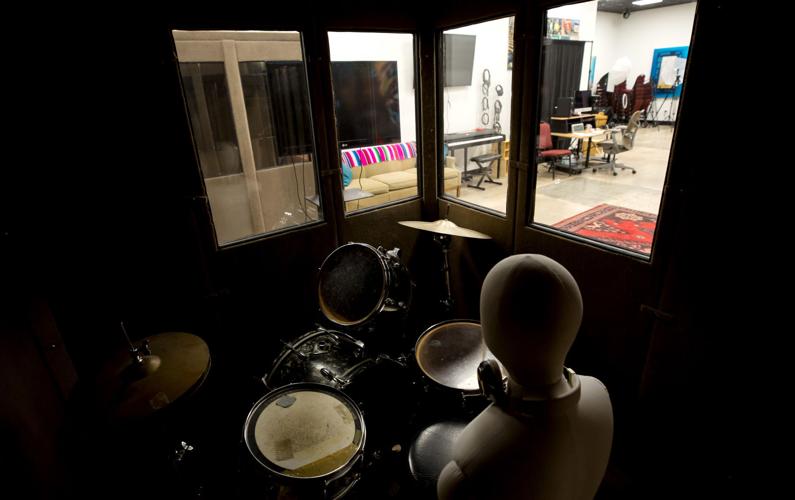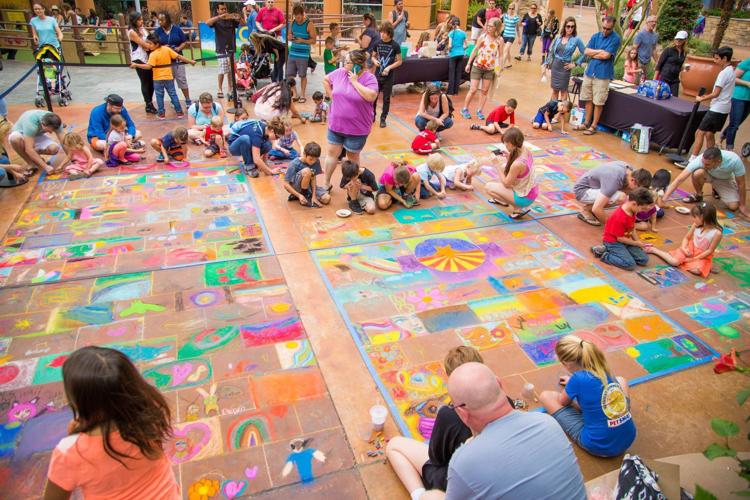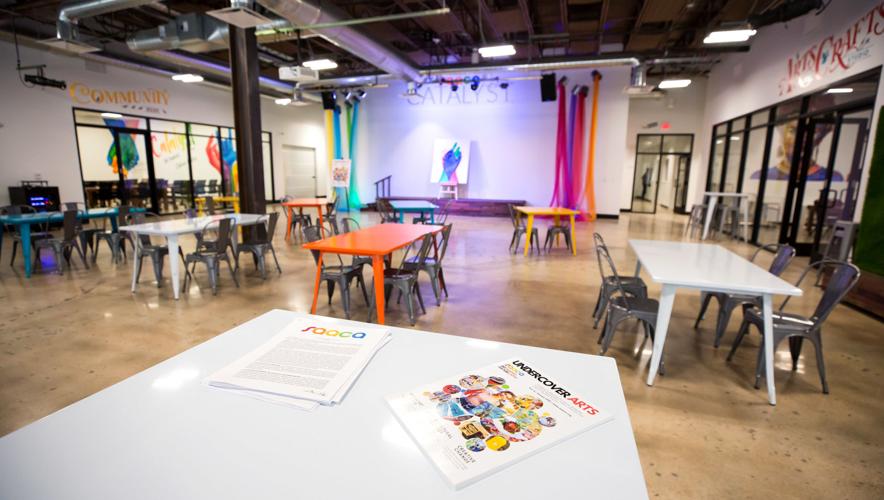Southern Arizona visual artists, musicians and performing artists lost a combined $3.37 million in income from March 15 through April 30 as a result of COVID-19.
And those losses could reach almost $8 million in the coming year as the arts and artists face ongoing pandemic restrictions that have left venues shuttered and canceled festivals and exhibits.
The stark economic picture emerged from a survey conducted last spring by the Southern Arizona Arts and Cultural Alliance of 765 people employed in the Southern Arizona creative sector.
Thirty-nine percent of the respondents described themselves as professional, and 37% said they worked full-time in the visual and performing arts, music, culinary arts and the creative arts, which includes filmmaking, museums, symphonies, fashion, design and architecture.
The study’s findings are not all that surprising, said SAACA’s Executive Director Kate Marquez.
“We all knew it was bad before the pandemic for arts and culture,” she said, adding that while Tucson is a big arts and cultural community, it does not receive the sustained financial support needed, especially during a health crisis.
Here are some of the notable people celebrating birthdays today, including Anna Camp, Avril Lavigne, Gwyneth Paltrow, Lil’ Wayne, Marc Maron and more.
And while the picture now looks bleak, the study offered some solutions to help the region’s creative sector weather the storm and come out stronger on the other side of the pandemic.
Survey respondents told SAACA that keys to that future included collaborating with the community and businesses to create opportunities such as musicians performing in restaurants and health facilities, arts outreach to young people and long-term investment to create sustainable funding streams for the arts.
Respondents also pointed to a need for professional development to help them transition to a digital platform and create diversified income opportunities to get through the pandemic.
Marquez said one of the biggest takeaways from the report was the need for advocacy and having a place at the table with decision-makers and community leaders who will decide how the region looks beyond the pandemic.
“This is an opportunity to put artists and creative sector voices in the conversation of the rebound in all facets,” Marquez said. “We know there could be opportunities here of how do we really rebuild smarter, more sustainable.
“This was an opportunity to put some definition around what that could look like. This will help guide our future.”
The nonprofit SAACA supports arts and culture throughout Southern Arizona by hosting arts-driven festivals and collaborative events region-wide including the popular Tucson 23 Mexican Food Festival that celebrates Tucson’s best 23 miles of Mexican food restaurants, community arts and crafts festivals and several free music series.
“Our organization goes through a complete transformation almost every other year because the priorities have shifted and changed,” Marquez said. “This, we believe, out of COVID, will reshape the organization to be very different, and we wanted some indication of what that would look like, what we should be looking at.”
More than 18,000 people are employed in the arts in Tucson and Southern Arizona, 3,600 of them full-time, according to the Arts Foundation for Tucson and Southern Arizona. In a 2015 nationwide study, more than 90,000 people statewide were employed in the arts, which added nearly $5 billion to the state’s economy, the arts foundation reported.
Weekly recap: Practical products to make your life easier
September 26 roundup of great finds online.
Does your home office need a few upgrades?
Whatever your motivation, here are a few tips that community activists, zero-waste experts and eco-friendly shop owners recommend specifically for the pandemic.
What makes a county great? Take a good mix of outdoor activities and cultural attractions, throw in good schools, job opportunities, and affordable housing, and you'll likely have happy residents.










